Home>Garden Essentials>How Long Does It Take For Mint To Germinate?


Garden Essentials
How Long Does It Take For Mint To Germinate?
Modified: March 15, 2024
Learn how long it takes for mint seeds to germinate in your garden. Discover the ideal conditions and tips for successful mint germination.
(Many of the links in this article redirect to a specific reviewed product. Your purchase of these products through affiliate links helps to generate commission for Storables.com, at no extra cost. Learn more)
Introduction
Welcome to the wonderful world of gardening! If you’re new to gardening or just starting to explore the joys of growing your own plants, you might be curious about the germination process. When it comes to herbs, one of the most popular choices is mint. With its refreshing aroma and versatile uses in culinary and medicinal applications, growing mint can be a rewarding experience.
However, before you embark on your mint-growing journey, it’s essential to understand how long it takes for mint seeds to germinate. Patience is key in gardening, and knowing the germination timeframe will help you plan your garden and set realistic expectations. In this article, we’ll delve into the factors influencing the germination time of mint and provide you with tips and guidelines to optimize the germination process.
So, let’s dig in and discover the secrets of mint germination!
Key Takeaways:
- Mint seeds typically take 7 to 14 days to germinate. Factors like seed freshness, temperature, moisture, and air circulation influence the germination process. Patience and proper care are essential for successful mint growth.
- To germinate mint seeds, create optimal conditions with well-draining soil, consistent moisture, warm temperatures, and adequate light. Address common issues like slow germination, seed rot, and pests to ensure healthy mint plant growth.
Read more: How Long Does It Take To Grow Mint From Seed
Factors affecting the germination time of mint
Several factors can influence the germination time of mint seeds. Understanding these factors will assist you in creating the ideal growing conditions for your mint plants. Here are the key factors to consider:
- Seed freshness: The freshness of the mint seeds plays a crucial role in germination time. Fresh seeds typically have a higher germination rate and tend to sprout faster compared to older seeds. It’s best to use seeds that are no more than a year old for optimal results.
- Temperature: Mint seeds thrive in warm soil conditions. The ideal temperature range for germinating mint is between 65°F and 75°F (18°C to 24°C). Higher temperatures can promote faster germination, but excessively hot conditions can also hinder germination or cause the seedlings to wither.
- Moisture: Adequate moisture is essential for seed germination. Keep the soil consistently moist but not overly saturated. Ensure proper drainage to prevent waterlogging, as it can lead to seed rot and hinder germination.
- Light: Mint seeds do not require light for germination and can sprout in both light and dark conditions. However, exposure to light after germination is important for the healthy growth of mint plants. Once the seeds have germinated, provide them with 8-10 hours of sunlight a day or use artificial grow lights if growing indoors.
- Air circulation: Good air circulation helps prevent fungal diseases and provides oxygen to the germinating seeds. Avoid overcrowding the seeds and allow sufficient space between them for proper airflow.
By taking these factors into account, you can create the optimal environment for mint seed germination and increase your chances of success. Now, let’s move on to the next section to explore the recommended conditions for germinating mint.
Optimal conditions for germinating mint
Creating the ideal conditions for germinating mint will significantly enhance the germination process and promote healthy seedling development. Here are the optimal conditions to consider:
1. Planting medium: Start by selecting a well-draining planting medium. A mixture of equal parts sterile potting soil and perlite or vermiculite works well for mint seeds. This mixture ensures proper drainage while retaining the necessary moisture for germination.
2. Container: Choose a shallow container or seed tray with drainage holes to plant your mint seeds. This will prevent waterlogging and allow excess water to drain out.
3. Seed depth: Mint seeds are small and should be sown at a depth of about 1/8 to 1/4 inch (0.3 to 0.6 cm) in the planting medium. Gently press the soil over the seeds to ensure good seed-to-soil contact.
4. Moisture: Mint seeds require consistent moisture for germination. Before sowing the seeds, moisten the planting medium slightly. Then, mist the soil gently after planting to provide adequate moisture. Check the soil regularly and water as needed to keep it evenly moist, but avoid overwatering.
5. Temperature: As mentioned earlier, mint seeds prefer warm soil for germination. Maintain a temperature range of 65°F to 75°F (18°C to 24°C) in the germination area. You can use a heating mat or place the container in a warm location, such as near a heated propagator or on top of a refrigerator.
6. Germination period: Mint seeds typically germinate within 7 to 14 days under optimal conditions. However, it’s important to note that germination times can vary depending on the specific mint variety and environmental factors.
7. Thin out seedlings: Once your mint seeds have germinated and the seedlings have grown a few inches tall, thin out the excess seedlings to provide sufficient space for the remaining plants to thrive. Aim for a spacing of about 8 to 10 inches (20 to 25 cm) between the seedlings.
By providing these optimal conditions, you can give your mint seeds the best chance of germinating successfully. In the next section, we’ll outline the step-by-step process for germinating mint.
Mint seeds typically germinate within 10-15 days when planted in well-drained soil and kept consistently moist. Providing warmth and light can also help speed up the germination process.
Steps for germinating mint
Germinating mint seeds is a relatively simple process. Follow these steps to increase your chances of success:
- Prepare the planting medium: Start by preparing the planting medium by mixing equal parts sterile potting soil and perlite or vermiculite. This will ensure good drainage and moisture retention.
- Select a container: Choose a shallow container or seed tray with drainage holes at the bottom. This will prevent waterlogging and allow excess water to escape.
- Sow the seeds: Fill the container with the prepared planting medium and moisten it slightly. Scatter the mint seeds on the soil surface, aiming for a spacing of about 1 inch (2.5 cm) between seeds. Gently press the seeds into the soil, but do not bury them too deep.
- Moisten the soil: Mist the soil surface with water to provide adequate moisture for the seeds. Avoid overwatering, as it can lead to seed rot. Maintain a consistently moist environment throughout the germination process.
- Provide optimal temperature: Place the container in a warm area with a temperature range of 65°F to 75°F (18°C to 24°C). You can use a heating mat or place the container near a heat source to maintain the desired temperature.
- Monitor and mist: Check the soil moisture regularly and mist the surface as needed to keep it moist. Avoid letting the soil dry out or become overly saturated.
- Germination and growth: Depending on the specific mint variety, germination typically occurs within 7 to 14 days. Once the seedlings emerge, provide them with 8-10 hours of sunlight per day or use artificial grow lights if growing indoors. Monitor their growth and water the plants as needed, keeping the soil consistently moist.
- Thin out seedlings: When the seedlings have grown a few inches tall, thin them out to provide enough space for the remaining plants to grow. Remove the weaker or overcrowded seedlings, leaving a spacing of about 8 to 10 inches (20 to 25 cm) between plants.
Following these steps will help you successfully germinate your mint seeds and start your journey towards a lush and flourishing mint garden. However, during the germination process, you may encounter some common problems. Let’s explore those in the next section.
Common problems in mint germination
While mint seeds are generally easy to germinate, there are a few common problems that you may encounter during the germination process. Understanding these issues will help you troubleshoot and ensure successful mint seed germination. Here are some common problems and their solutions:
1. Slow or uneven germination: If your mint seeds take longer than expected to germinate or if some seeds sprout while others remain dormant, it could be due to inconsistent moisture levels or temperature fluctuations. To resolve this, ensure that the soil remains consistently moist by misting it regularly. Additionally, check the temperature and maintain a stable, warm environment for germination.
2. Seed rot: Excessive moisture can lead to seed rot, causing the seeds to decay before they have a chance to germinate. To prevent this, avoid overwatering and ensure proper drainage in the planting medium. Adjust your watering schedule to maintain a moist (but not waterlogged) environment.
3. Fungal diseases: Mint seeds are susceptible to fungal diseases such as damping off, which can cause the stem of the seedling to rot near the soil surface. To prevent fungal diseases, use sterile potting soil, provide good air circulation, and avoid overcrowding the seedlings. If you notice signs of fungal disease, remove affected seedlings and treat the remaining plants with a suitable fungicide.
4. Pest infestation: Mint plants can attract pests like aphids, spider mites, and flea beetles. These pests can damage the young seedlings or prevent them from growing properly. Inspect your mint plants regularly, and if you notice any pests, take appropriate measures to control the infestation. You can use organic pest control methods or consult a gardening expert for assistance.
5. Insufficient light: After germination, mint seedlings require ample light for healthy growth. If the seedlings appear weak, elongated, or pale, it may be a sign that they are not receiving enough light. Place your mint plants in a sunny location or use artificial grow lights to supplement the natural light.
6. Nutrient deficiencies: Mint plants require adequate nutrients for optimal growth. If you notice yellowing leaves, stunted growth, or other signs of nutrient deficiencies, it may be necessary to provide fertilization. Use a balanced organic fertilizer according to the manufacturer’s instructions to replenish essential nutrients.
By addressing these common problems and taking appropriate measures, you can overcome any challenges that arise during the mint germination process and ensure the healthy growth of your mint plants.
Now that you are aware of the common problems, it’s time to wrap up this article.
Conclusion
Congratulations! You have successfully learned about the germination process of mint seeds. By understanding the factors that affect germination time, creating optimal growing conditions, following the necessary steps, and being aware of common problems, you are now equipped to start your own mint garden with confidence.
Remember, patience is key when it comes to gardening. Mint seeds may take around 7 to 14 days to germinate, but the reward of enjoying the fresh aroma and versatility of mint in your culinary creations or herbal remedies is well worth the wait.
As you embark on your mint-growing journey, ensure that you provide fresh seeds, maintain proper temperature and moisture levels, provide sufficient light, and address any issues that may arise along the way. With consistent care and attention, your mint seedlings will flourish into healthy, vibrant plants.
Whether you choose to grow mint in a garden bed, container, or indoor herb garden, be mindful of its growth habits. Mint has a tendency to spread vigorously, so consider planting it in a container or using barriers to control its growth and prevent it from overtaking other plants.
Lastly, enjoy the process of growing mint and experimenting with its myriad of uses. From adding a refreshing twist to beverages and desserts to creating aromatic teas and savory dishes, mint is a versatile herb that can elevate your culinary experiences.
Now that you’re armed with the knowledge and insights on mint germination, it’s time to put it into practice. Start sowing your mint seeds, keep an eye on their progress, and soon enough, you’ll be enjoying the bountiful harvest of your very own mint garden.
Happy gardening!
Frequently Asked Questions about How Long Does It Take For Mint To Germinate?
Was this page helpful?
At Storables.com, we guarantee accurate and reliable information. Our content, validated by Expert Board Contributors, is crafted following stringent Editorial Policies. We're committed to providing you with well-researched, expert-backed insights for all your informational needs.
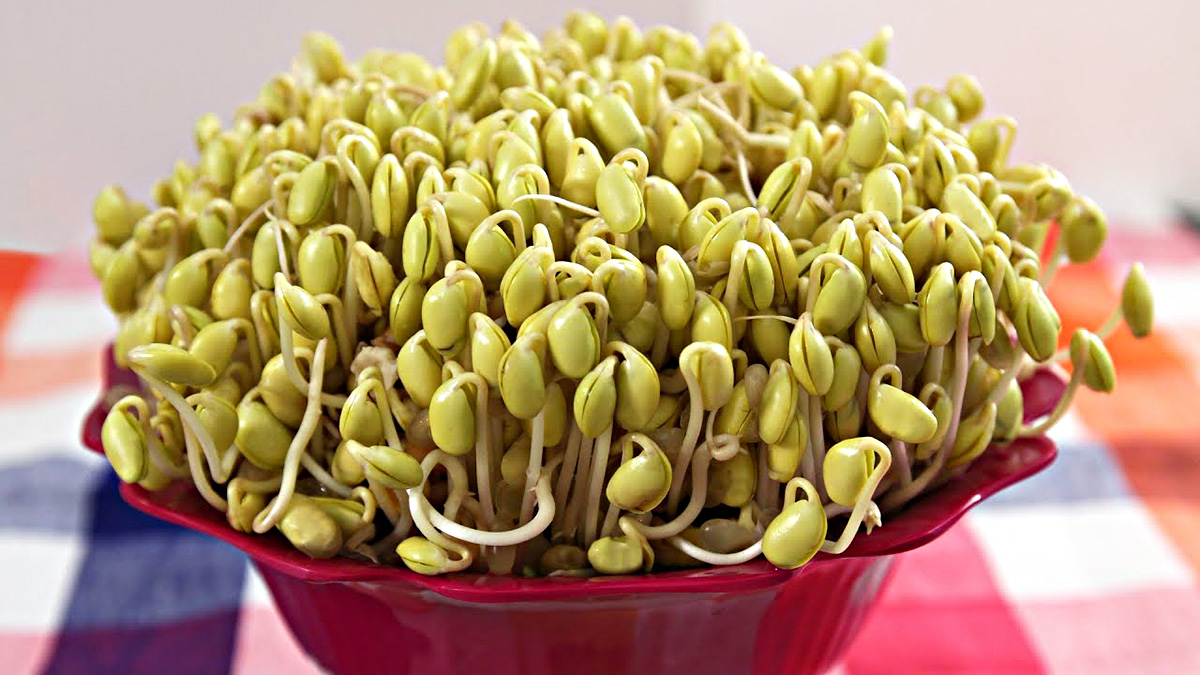
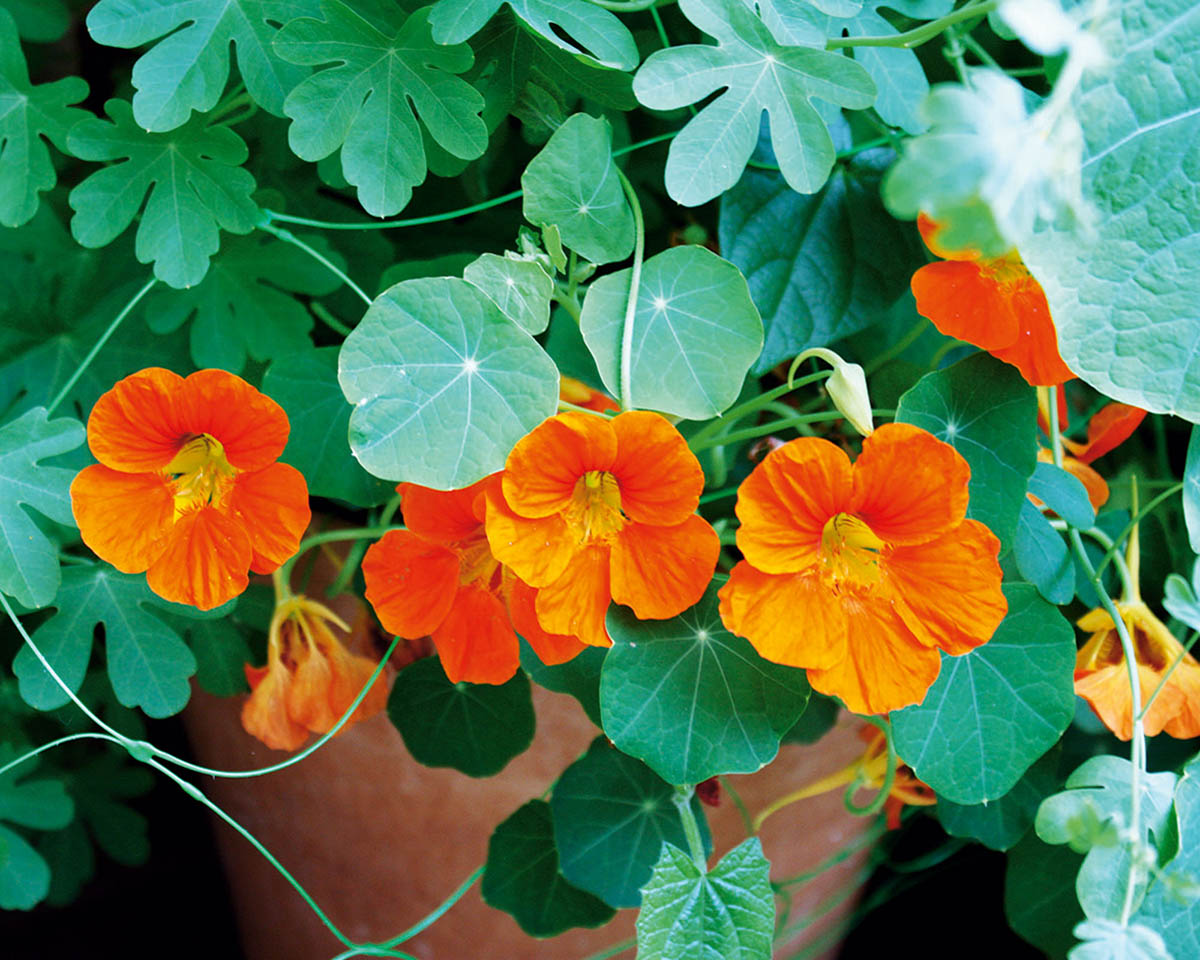
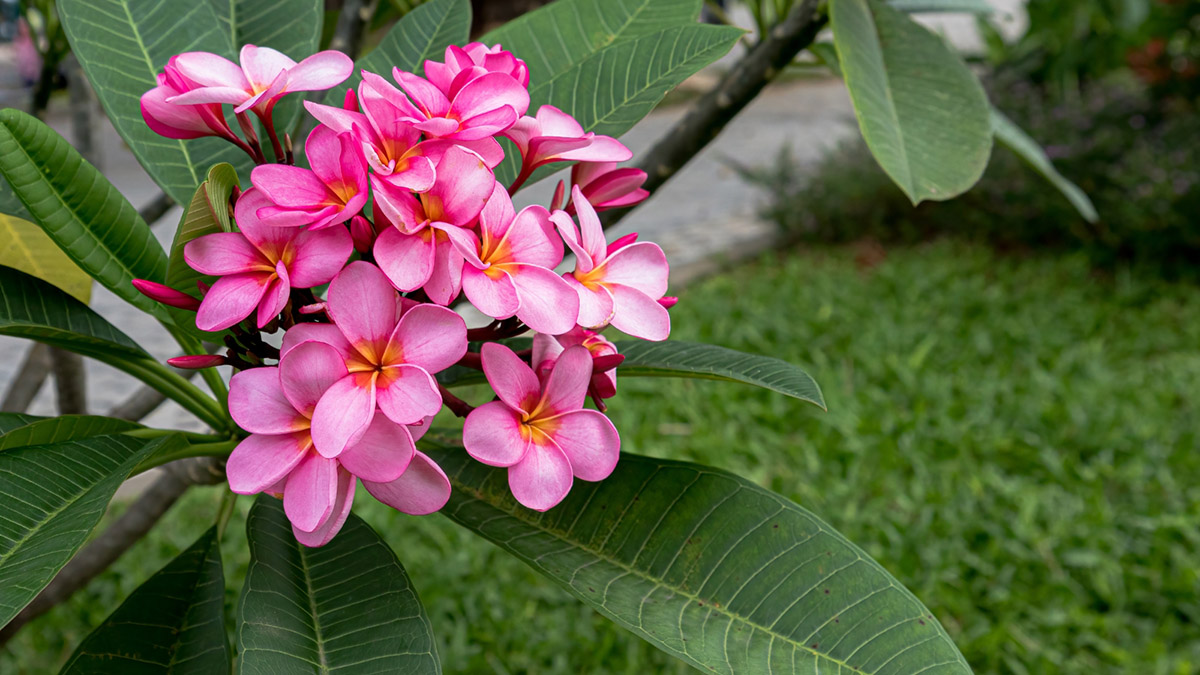
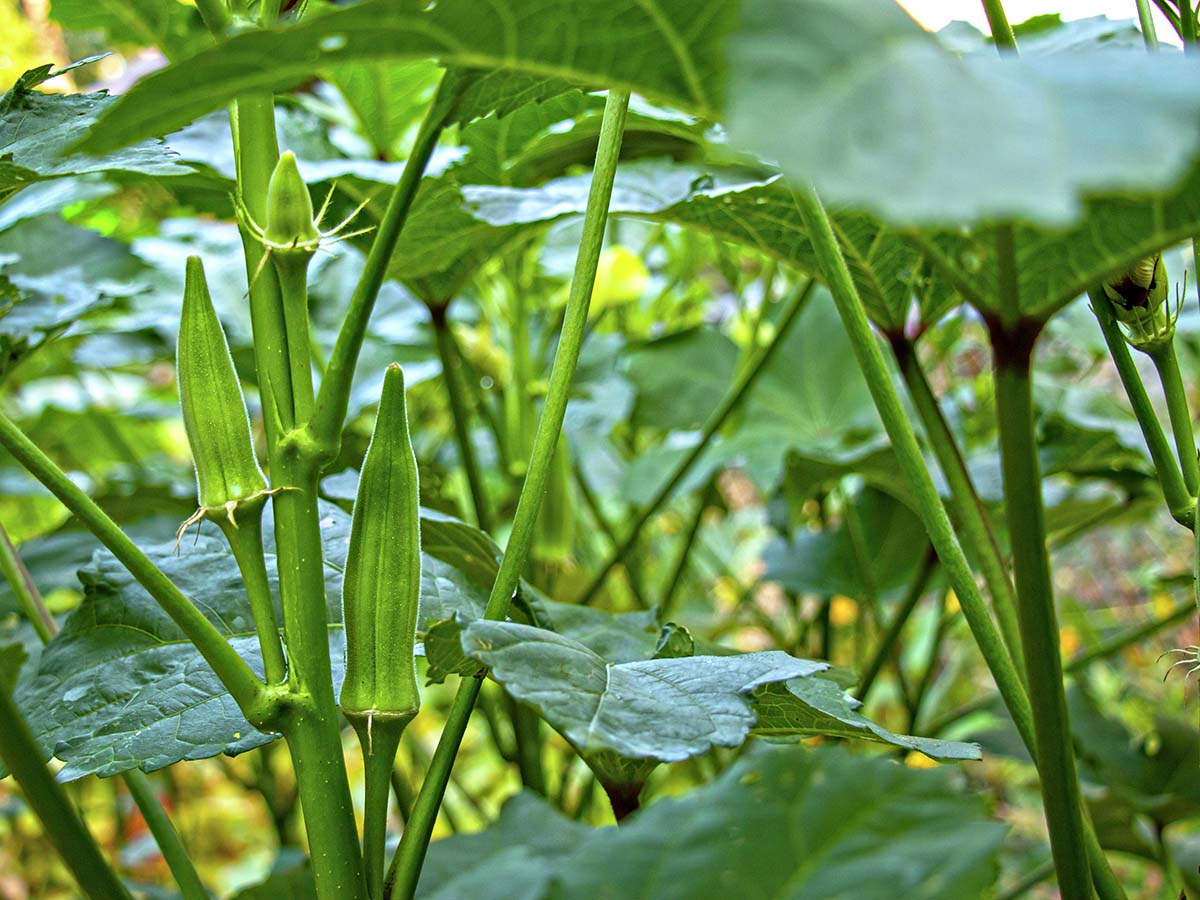
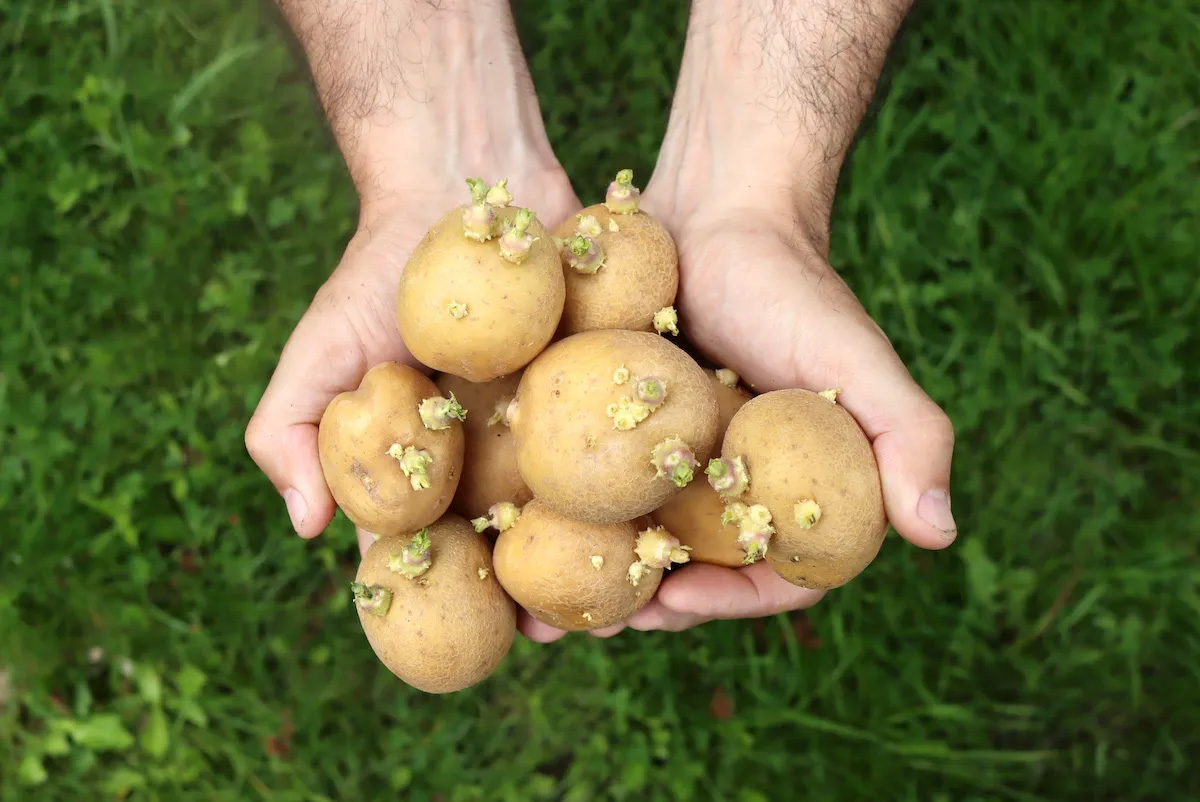
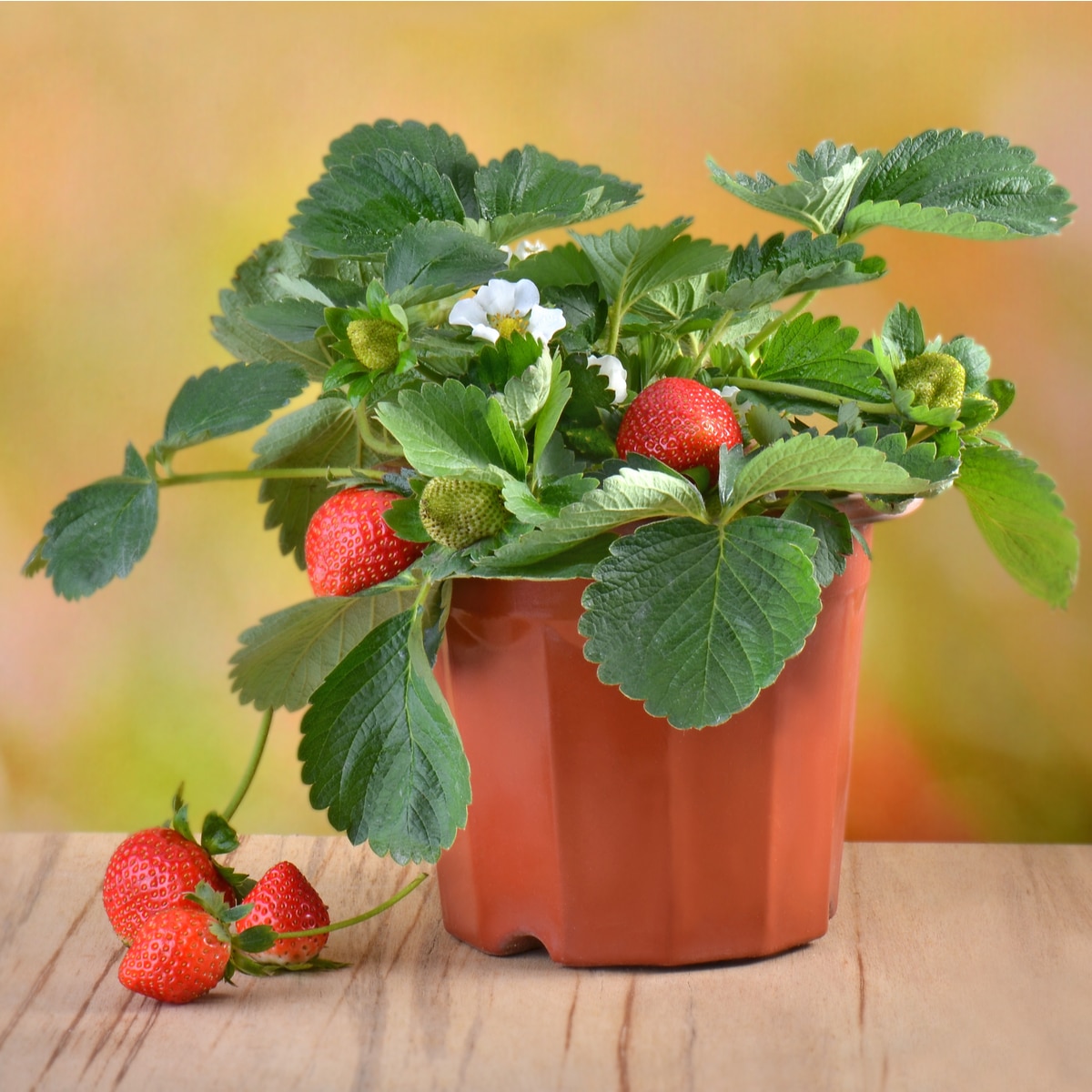
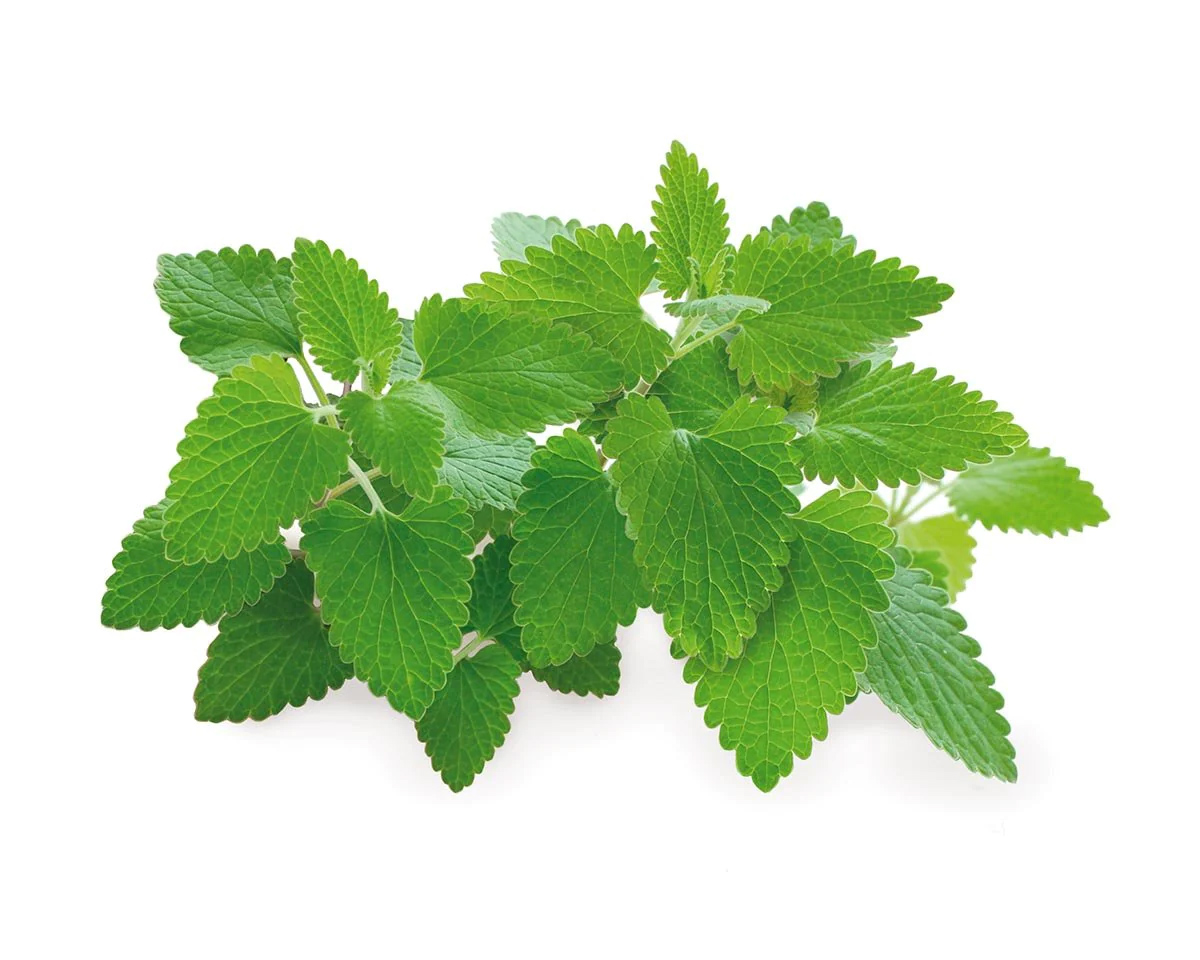
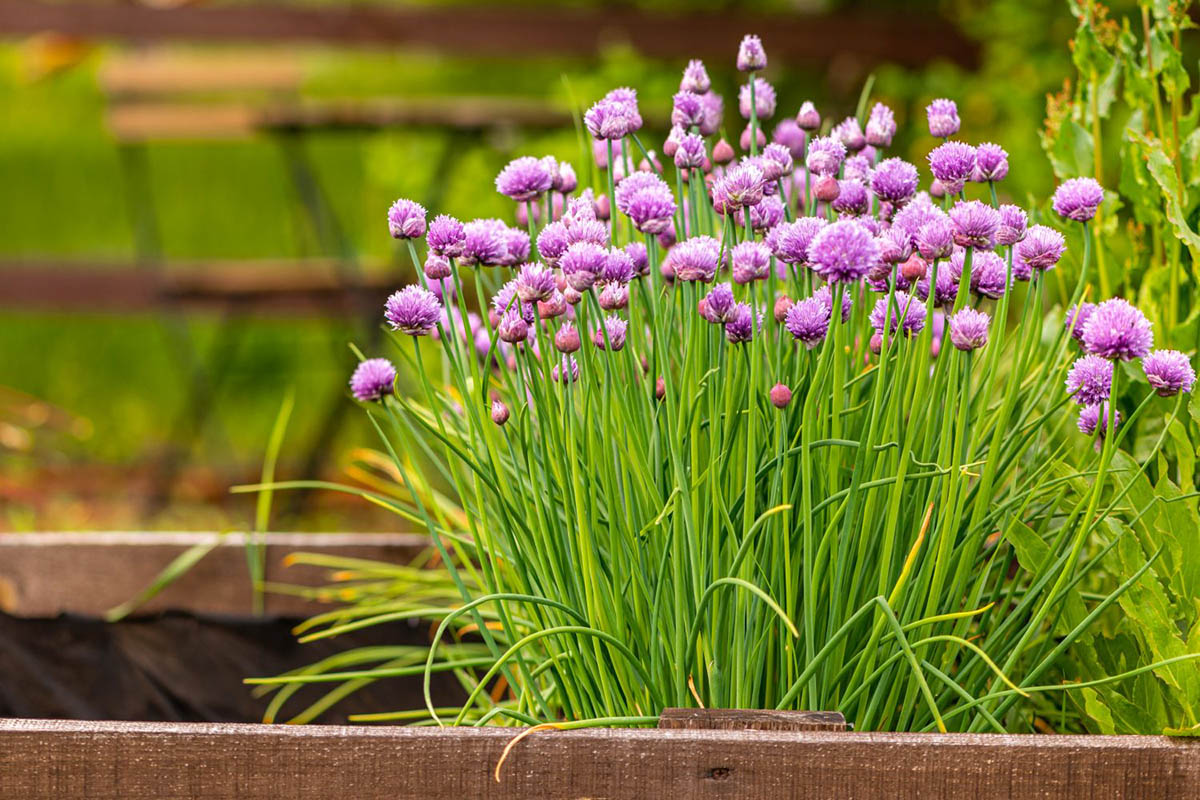
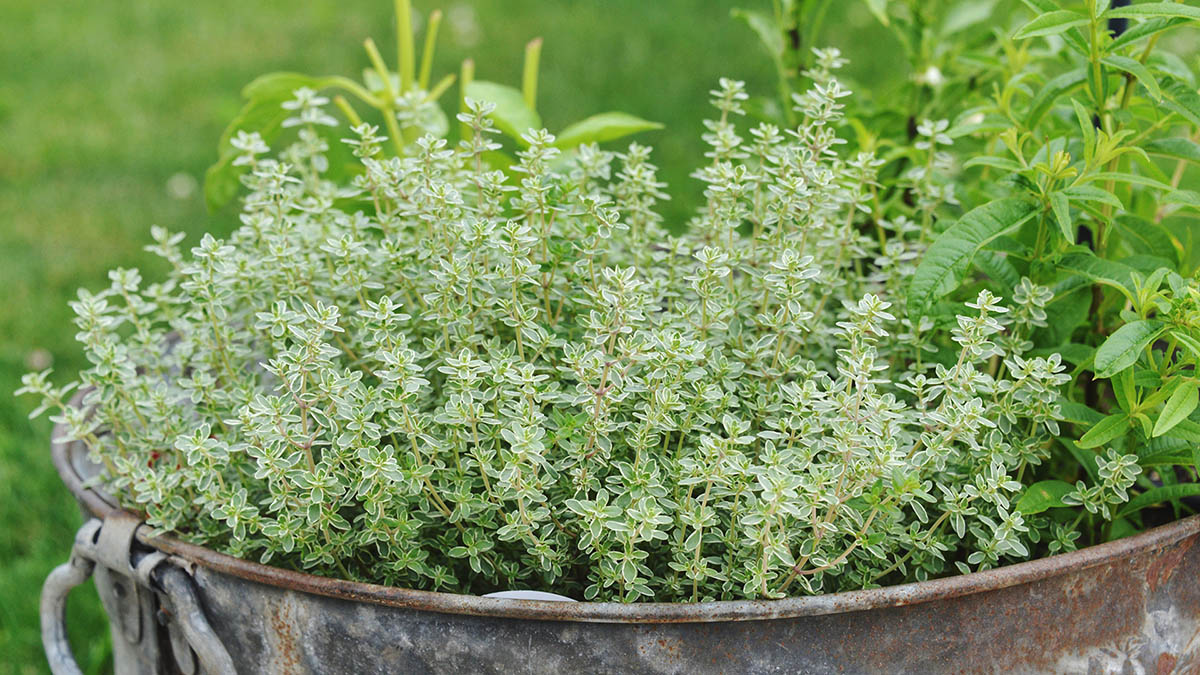
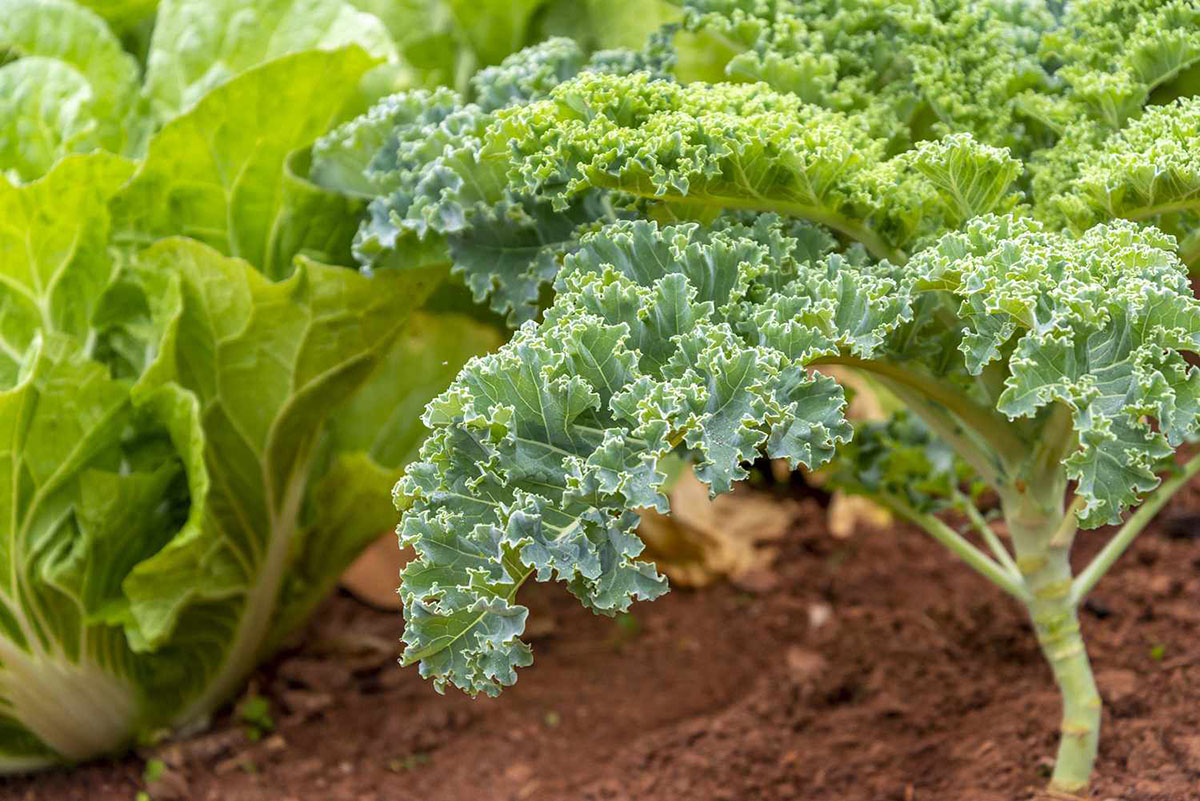
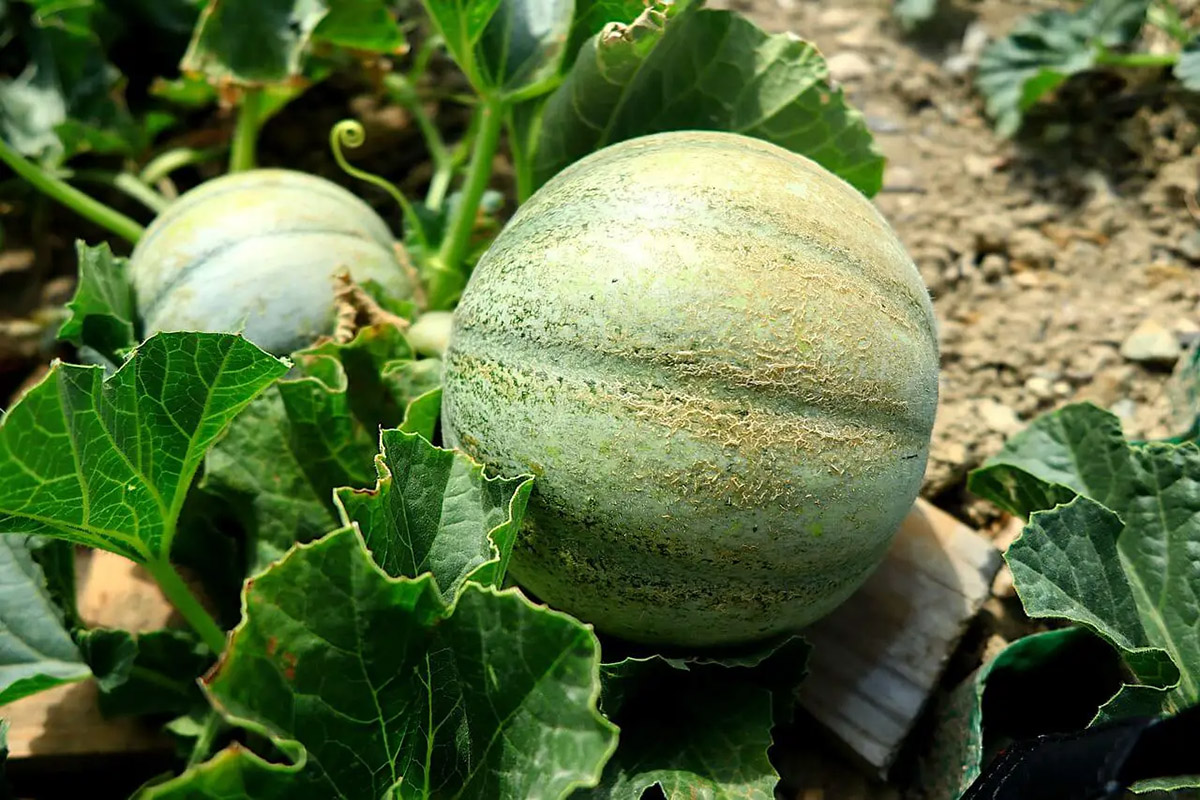
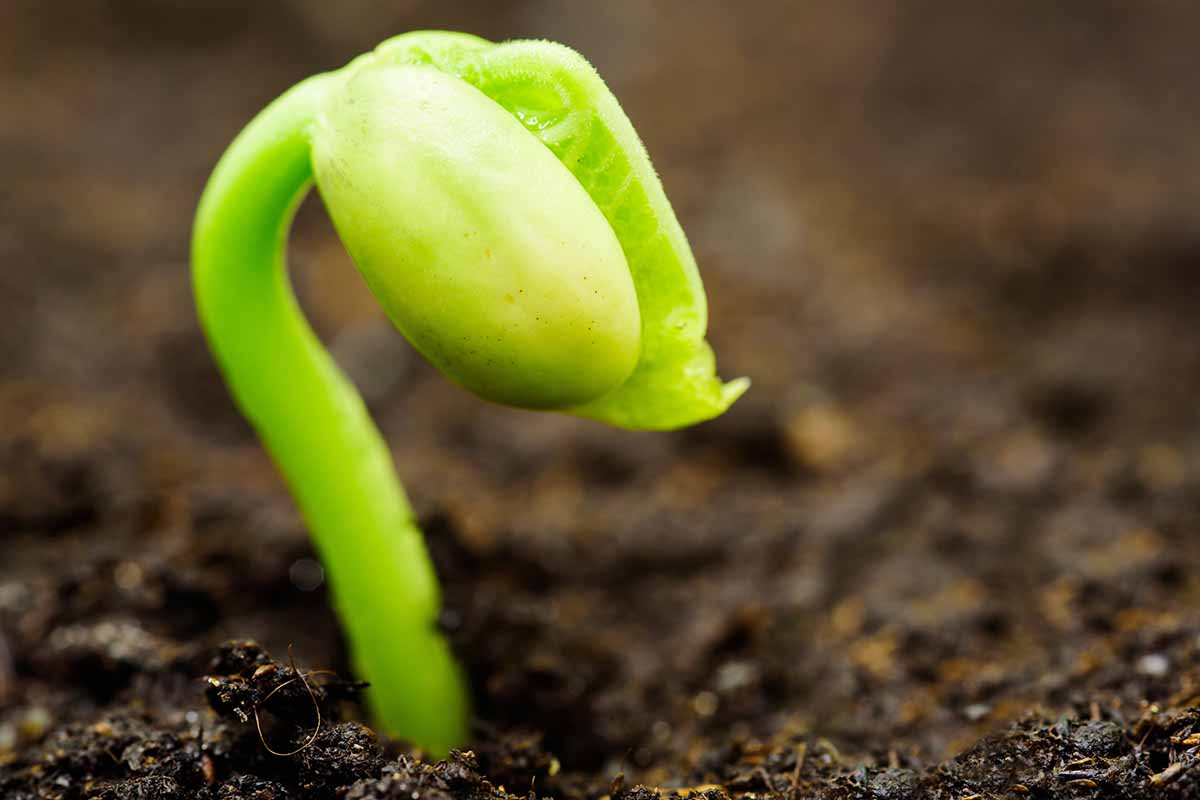
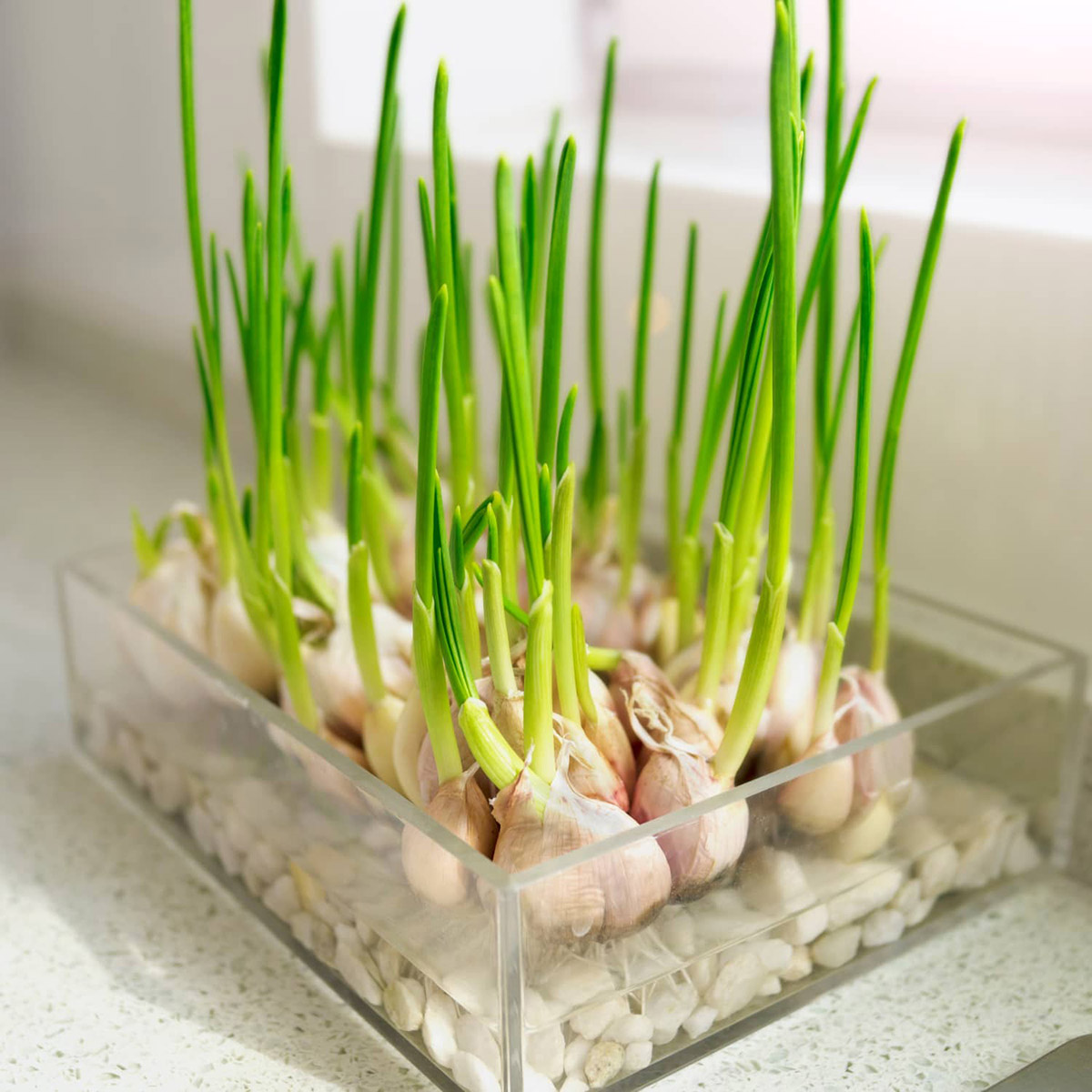
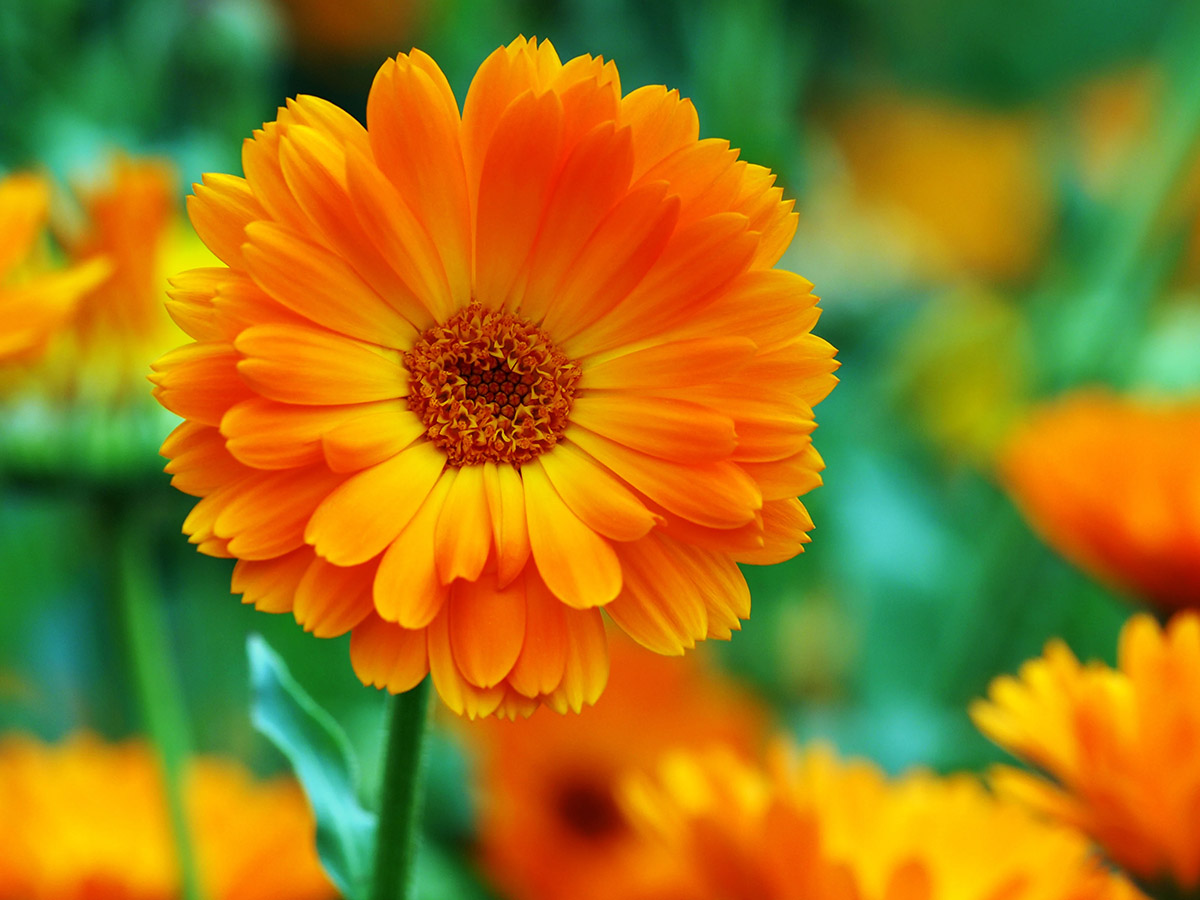

0 thoughts on “How Long Does It Take For Mint To Germinate?”